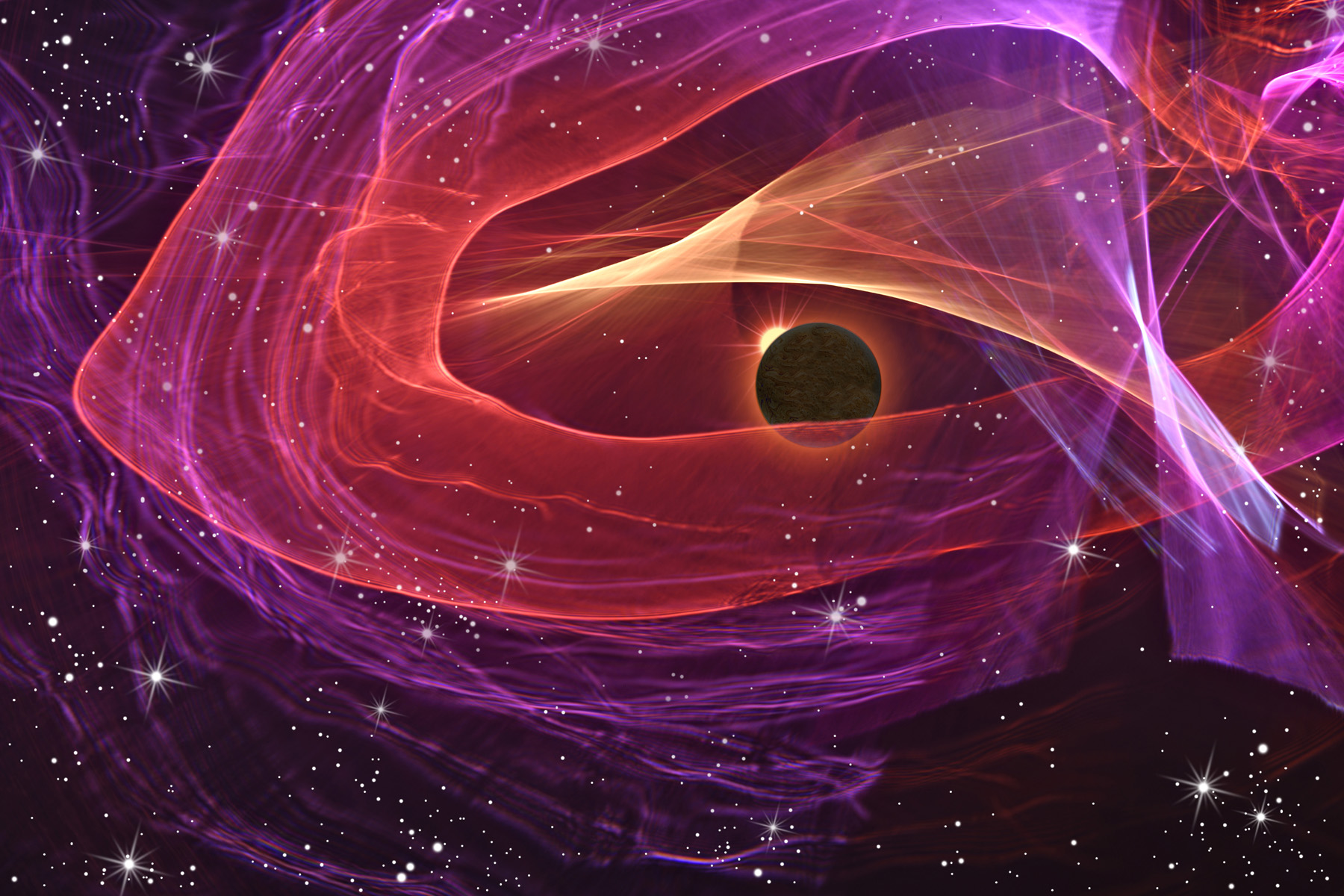Once again in 2022 I participated in a portfolio group with the Enchanted Lens Camera Club. The portfolio groups meet from the fall until the following spring. Members work on their individual portfolios with input and suggestions from the rest of their group. Portfolios are twelve or fewer images with an accompanying artist statement. At the end of the club year (usually in June) all of the individual groups get together and each participating photographer shows their portfolio to the entire club membership.
This was my third year in a portfolio group. This time I chose Paper Studies as my theme. All of the images were created with the simplest of materials – cut, bent and folded paper and LED lights. The color comes from colored construction paper and gel filters on the LED lights in some cases and just LED lights with filters in others.
The images in the final portfolio are shown below. I hope you enjoy them. I am already thinking about possible subjects for next year’s portfolio.
Cheers,
Mike



































































































































































































